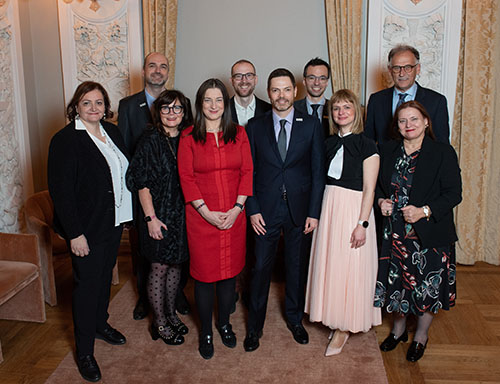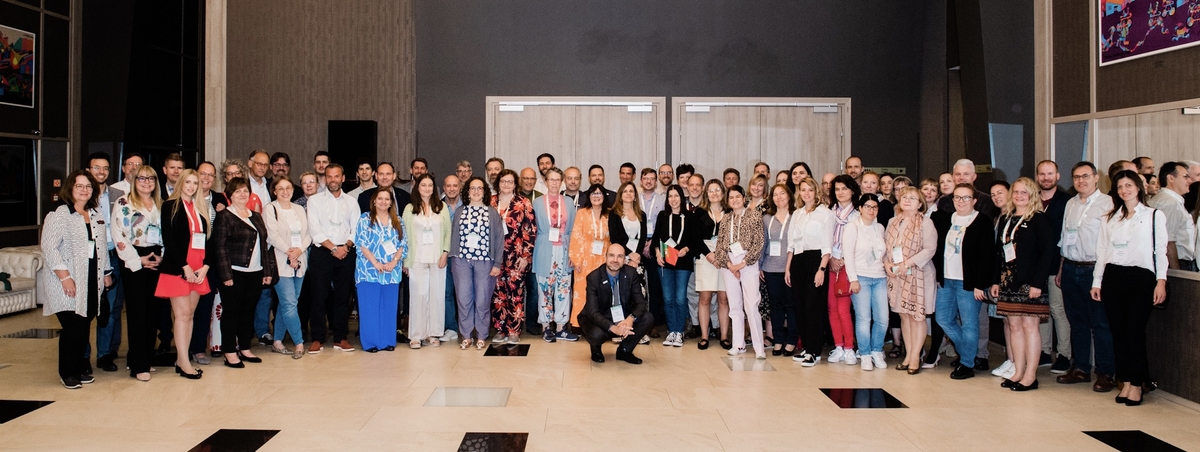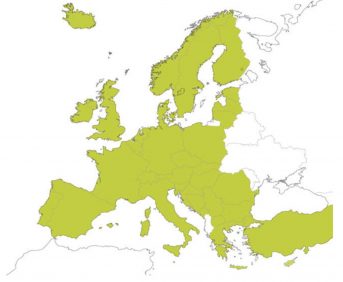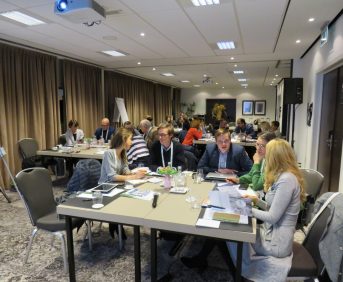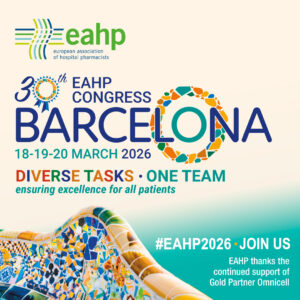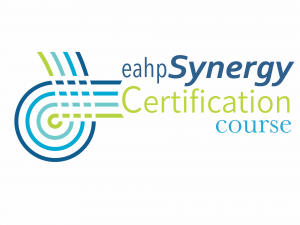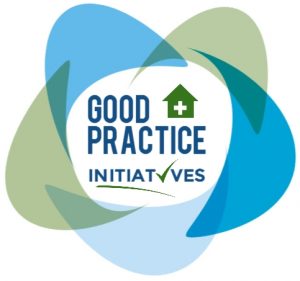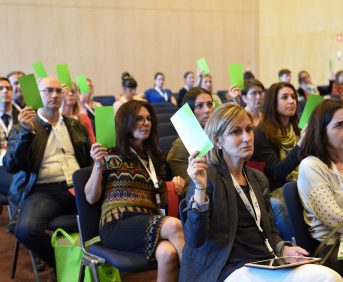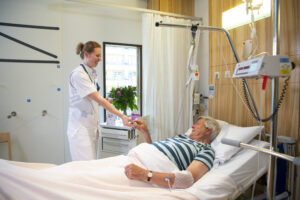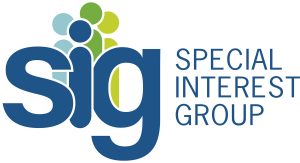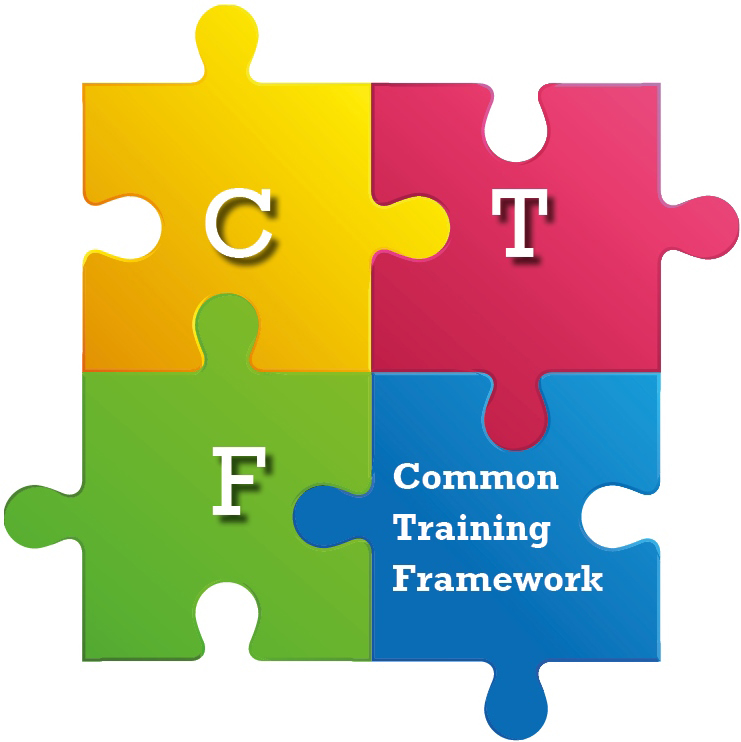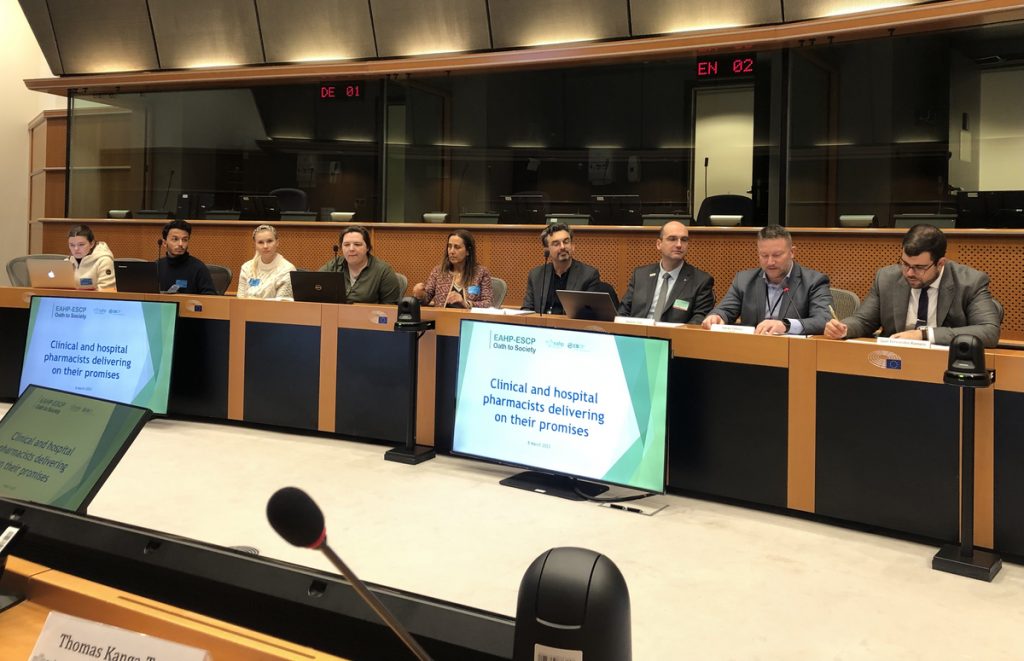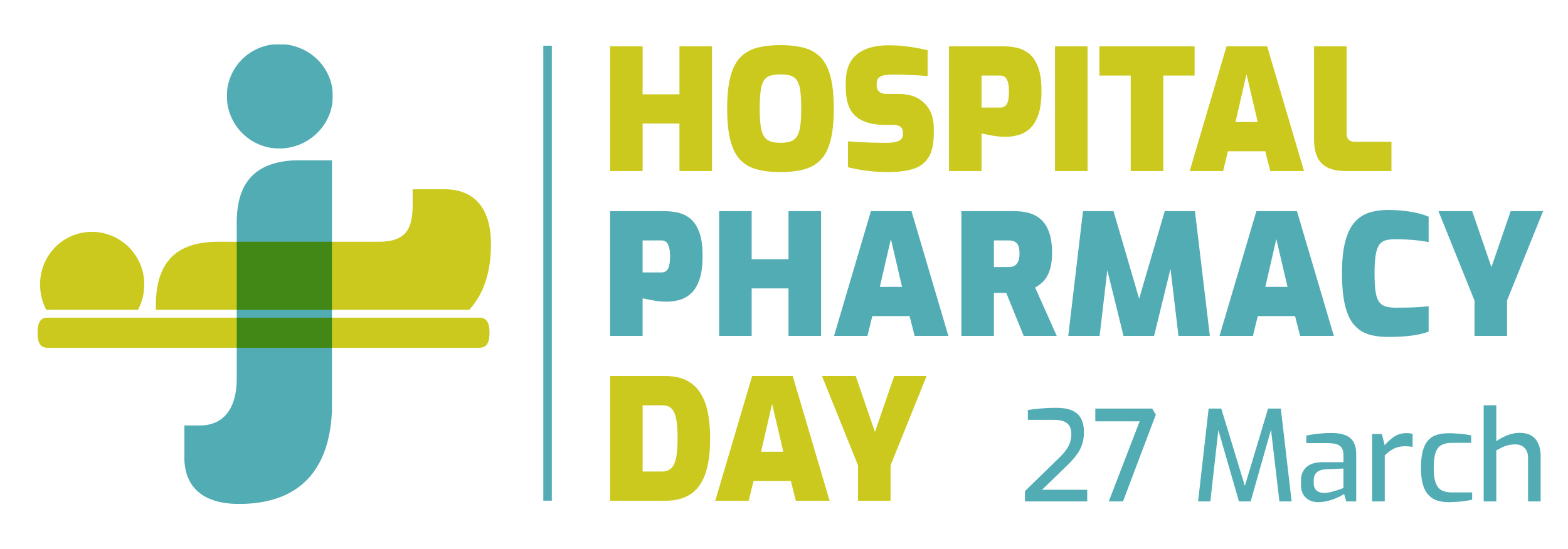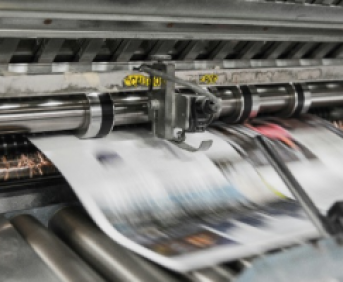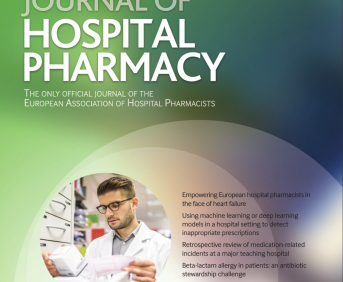OPTIMIZATION OF RISK MANAGEMENT OF DRUGS COLD CHAIN IN HOSPITAL BY FAILURE MODES, EFFECTS AND CRITICALITY ANALYSIS “FMECA” METHOD
European Statement
Selection, Procurement and Distribution
Author(s)
Ismail Bennani, Amine Cheikh, Hafid Mefetah, Mustapha Bouatia
Why was it done?
The strict control of medicines cold chain is linked to a triple risk for a hospital: a risk for the patient through the efficiency and safety of the drug, a financial risk, and a regulatory risk.
What was done?
Our study aimed to map the process of management of medicines requiring a strict cold chain control at a referral pediatric hospital and to identify the critical points associated to this process in order to realize a risk analysis using the FMEA method
How was it done?
The method used is FMEA for a priori inductive risk analysis which aims to identify potential system failures. These failures are analyzed to determine their criticality by establishing an index for each failure that will be scored and calculated using the formula: Criticality index = frequency × severity × detectability.
The rating of each criterion is based on predetermined rating tables.
What has been achieved?
Process Mapping: The mapping of the process allowed identify 7 major actors: the supplier, the general store, the logistics platform for product reception, the transportation, the logistics department of hospital, the pharmacy and the patient.
Identification of the critical points: All failures modes that were ranked between 201 and 504 on criticality index are considered as main critical points:
Problem of breakdown of electricity and its management: 504
Respect of the cold chain at the level of the care services until administration: 448
Temperature indicators at the level of care services: 384
Conditions of transportation: 315
Temperature monitoring at pharmacy level: means and management: 245
Logistics agents transport time management: 210
Implementation of improvement actions: Corrective and preventive improvement measures have been defined and implemented, such as: setting up alternatives to power outages, periodic temperature assessments at all critical levels, and integration of remote control and monitoring computer devices.
What next?
The continuous improvement of the medicines’ cold chain remains an important topic for the institutions in view of the overall risks associated with the quality of these medicines, therefore to the medical treatment of the patient.
IMPLEMENTING A NATIONAL PORTFOLIO OF EXTEMPORANEOUS PHARMACEUTICAL PREPARATIONS USED IN DANISH HOSPITALS
Pdf

European Statement
Introductory Statements and Governance
Author(s)
Janne Jensen, Solvej Wandy Pedersen, Susanne Nørregaard, Karin Herkell, Anne Thestrup Nielsen, Anita Gorm Pedersen
Why was it done?
A group of hospital pharmacists representing all hospital pharmacies in Denmark have in a previous study identified and slimmed a national portfolio of extemporaneous pharmaceutical preparations used by Danish hospitals from a total of 2,754 preparations down to approximately 750 preparations being considered of clinical importance. Without a common overview of the national portfolio there will be initiated production of duplicates and almost identical products resulting in a large and inconsistent portfolio.
The purpose of this GPI was to make the national portfolio of extemporaneous pharmaceutical preparations accessible to all hospital pharmacists in Denmark and to implement a common procedure to evaluate preparations before adding them to the national portfolio to avoid duplets and obsolete products.
What was done?
A common national procedure for adding new preparations to the national portfolio was developed and implemented to avoid duplets and to ensure a uniform quality and appropriate risk assessment of the preparations.
How was it done?
A national database was developed and tested. Each hospital pharmacy entered their own extemporaneous pharmaceutical preparations in the database. Also, the extemporaneous pharmaceutical preparations manufactured by community pharmacies and used in the hospitals were entered in the database.
One hospital pharmacist in each of the five regions in Denmark was appointed as gatekeeper for the national portfolio. A template for an application form for new preparations was developed. When a physician requests a new preparation the application form will be completed by the clinical pharmacist. It is forwarded to the gatekeeper who will evaluate the preparation before approving it as a candidate for the national portfolio.
What has been achieved?
430 extemporaneous pharmaceutical preparations from the hospital pharmacies are entered and quality approved in the database. 255 extemporaneous pharmaceutical preparations manufactured by community pharmacies were entered in the database.
A national group of five gatekeepers was formed, and the workflow for both the group and the individual gatekeeper was described and implemented at all Danish hospital pharmacies.
What next?
The GPI provides an easy-accessible overview of the national portfolio of extemporaneous pharmaceutical preparations, releasing production time and resources at the manufacturing pharmacies.
IMPLEMENTING NEW CHEMOTHERAPY COMPOUNDING WORKFLOW USING SEQUENTIAL PDSA CYCLES TO INCREASE PRODUCTION CAPACITY, REDUCE WAITING TIME, IMPROVE RESOURCES UTILIZATION, AND MINIMIZE THE RISK OF ERRORS
Pdf

European Statement
Production and Compounding
Author(s)
A Elsheashaey, A Elshishiny, A Orabi, A Almutairi, A Aboulwafa, H Alobaid, F Dashti, D Saeed, R Yassin, M Salama
Why was it done?
Kuwait Cancer Control Center (KCCC) is the only oncology hospital in Kuwait. Chemotherapy Preparation Unit (CTPU) was unable to meet the increased orders; causing delivery delay and more patients’ waiting time. Moreover; rework and more waste due to defective and faulty processes of current workflow resulting in frequent incident reports of wrong final products dispatched.
What was done?
Shifting to a systematic multi-step production workflow to increase compounding capacity, minimize risk of errors, reduce processing time, and maximize utilization of integrated technological resources.
How was it done?
Using multiple PDSA cycles, a comprehensive educational and practical training was conducted, proceeded by staff rotation with newly trained team. Every three weeks a new pharmacist trained and assigned to CTPU. Raw materials stores were rearranged for better accessibility and diminishing unnecessary staff movement. A staging step as the first independent double-check before the start of compounding, and for assembly of raw materials and supplies required for compounding. A verification Step as the second independent double-check upon compounding, using bar-code scanners, touchscreens and cross-checking with the chemotherapy order to assure the quality and integrity of the finished product. Production workload were restructured over three parallel line of manual stations and one automated preparation unit. Pharmacy Information System (PIS) screens were customized to give a first and second audio-visual alarms after 30 and 45 minutes of transcription time respectively. Chemotherapy sessions appointment system were established to assess the daily chemotherapy compounding needs from CTPU in advance with an incremental increase of production capacity to reach 100~120 patients/day or 180~200 preparations/day.
What has been achieved?
Number of preparation compounded by CTPU was increase by 8%, where more than 43% of preparations were validated to release in less than 30 minutes and approximately 88% of preparations were delivered in less than 45 minutes. Number of preparation by automation was increased by 82%, Furthermore, all production incidences has been completely eliminated after full implementation of final verification and validation step.
What next?
The new workflow has increase the workload capacity with less production errors and zero incident reports. Patient experience was improved by comparable preparation time to other international Pharmacy Workload Unit and average time required per patient visit.
IMPLEMENTATION OF INDIVIDUAL, HOSPITAL PHARMACY-COMPOUNDED NEONATAL TPN
Pdf

European Statement
Production and Compounding
Why was it done?
Individual total parenteral nutrition (TPN) for neonates was originally compounded by nursing staff on the respective wards. This process of TPN compounding was error-prone. Documentation and traceability was inadequate. Clean room conditions were absent. By transferring the compounding of TPN from the ward to the pharmacy level, several aims were accomplished. Time of nursing staff was released and the highest quality standards for compounding were implemented. By doing so, several types of errors (e.g. overdosing, wrong additives) were eliminated.
What was done?
Development and implementation of nutrition support protocols by using an electronic prescribing and compounding software (catoPAN™) to address the special needs of neonates and ensure a high level of individualized care.
How was it done?
In cooperation with neonatologists, nutrition protocols were developed. Furthermore, a TPN compounding process was implemented and validated, including the validation of catoPAN™ software and compounding pumps. An integrated risk analysis was performed, stability data to allow TPN supply for weekends were generated and fail-safe procedures were determined. To finally succeed, various process and organizational changes concerning the wards, the production and the QC department of the hospital pharmacy were required.
What has been achieved?
Compounding of individualized nutrition solutions within defined standards, predetermined specifications and quality attributes is implemented. The production process is continuously monitored, including complete traceability. A strong interprofessional collaboration between physicians, nurses and pharmacists was established, ultimately leading to a high level of confidence among all members. Workload of nurses in terms of compounding medicines was dramatically reduced.
Currently, we provide nutrition bags for four wards (24 ICU- and 30 intermediate care beds), equaling an average production of 50 bags per day. In 2016, a total of 11.126 bags were supplied, implying an increase of 75% compared to 2015. We expect an increase of around 30% in 2017 due to rising demand.
What next?
With the expansion of TPN compounding to further pediatric wards, new nutrition protocols addressing other requirements have to be developed. Process changes are likely to follow. Further support can be provided by pharmacy-based IV admixture service. Additionally, due to current software updates, the prescribing and compounding software catoPAN™ must continually be revalidated.
COMPUTERIZED QUALITY CONTROL OF THE TABLET SPLITTING PROCESS
Pdf

European Statement
Production and Compounding
Author(s)
María Lourdes Recio Blázquez, Alberto Pérez Morales
Why was it done?
It was necessary to establish a quality control of this pharmaceutical process.
What was done?
A computer method of gravimetric quality control of the tablet splitting process was designed.
How was it done?
The procedure consists on a precision scale connected to a computer in which, according to the uniformity of mass assay of the European Pharmacopoeia, the weights of 20% of a batch of whole tablets destined to be split are automatically recorded in a spreadsheet, carrying out the following formulas:
=AVERAGE: provides the average weight of the sample of whole tablets.
=MAX and =MIN: selects respectively the largest and the smallest of the weights.
=STDEV: calculates the standard deviation of the sample weights.
With the average weight of the whole tablets, the theoretical weight of the half-tablets is calculated, establishing a maximum and a minimum admissible limit with the following formulas:
=AVERAGE(whole tablets)/2: determines the theoretical average weight of each half-tablet.
=AVERAGE(whole tablets)/2 ± 7.5%: establishes upper and lower gravimetric limits that cannot be exceeded by any half-tablet.
All the half-tablets need to be weighted, as the tablet-splitting process is carried out tablet-by-tablet and this modus operandi is not reproducible enough. In case of non-compliance with maximum and minimum weight criteria, the half-tablet must be discarded.
Conditional functions were established such that the spreadsheet itself reflects the half-tablet acceptance/rejection decision.
Basic technical computer skills, training in the technique of tablet splitting, appropriate clothing and environmental measures to avoid risks to the operator and the medications are required.
What has been achieved?
Since 2015, two different medicinal products were subjected to the tablet splitting technique. A total of 10,536 halves of suitable tablets were obtained, which permitted safe dosing at lower doses than commercialized, and also generated a financial asset of 101,724 Euros. 566 halves were discarded. The splitting efficiency was of 94.9%.
What next?
This quality control procedure is applicable to all divisible solid oral dosage forms. The standardization of the technique and the quality controls will allow to extend it to other medicinal products with dosing and economic purposes.
IMPLEMENTATION OF A SAFETY ALERT SYSTEM IN A HOSPITAL
European Statement
Patient Safety and Quality Assurance
Author(s)
MERCEDES GIMENO-GRACIA, TRANSITO SALVADOR-GOMEZ, ROSA MARECA, JOSE IGNACIO GARCIA-MONTERO, MIGUEL ANGEL SALVO, PILAR ABAD, BEATRIZ ABAD, CESAR VELASCO
Why was it done?
The Spanish Agency of Medicines and Health Products (AEMPS) issues drug and health product-related alerts to the health centres through each region’s Department of Health. The means through which said alerts reach the health professional is not always adequate. The procedures for alert dissemination in our hospital hadn’t been standardized yet: some professionals were alerted more tan once while others weren’t alerted at all. Furthermore, there was no record of these alerts
What was done?
We developed a safety alert management and dissemination system implementation in a hospital setting.
How was it done?
In April 2014, a multidisciplinary workgroup was established (3 members of the Preventive Medicine Service, 2 pharmacists, 2 members of the Supplies Service, 2 computer technicians and 2 members of the hospital’s Management) to analyse management and dissemination of alerts within the hospital at that time. Safety alerts can attain to different elements: drugs, medical devices and public health. Throughout 2015 new circuits and actions were established and in 2016 their implementation was initiated.
What has been achieved?
The workgroup held 7 meetings from April 2014 to June 2016. The project started focusing on drug-related alerts. An algorithm was designed to handle them, in which a pharmacist filtered the alerts (via e-mail) and assessed which had to be spread, and among which professionals. Additionally, the pharmacist managed the alert. The dissemination worked as follows: from the Pharmacy Service to Medical or Nursing Directors, who spread the message to the different units recommended by pharmacist, specifically to their respective Manager, Tutor of Residents and Quality Manager. All alerts were recorded in a database, along with how they were handled.
From January to June of 2016, a total of 235 drug-related alerts were sent from AEMPS. The dissemination was as follows: 44.3% (104) were spread among pharmacists, 36.6% among doctors, 5.5% among nurses and 9.4% to other professionals. The types of drug-alert received were classified as: supply problems (84.7%), use recommendations (7.2%), quality alerts (7.7%) and others (0.5%).
What next?
Next step is implantation of this alert management system with medical devices alerts and public health alerts.
IMPROVING STAFF TRAINING IN A CYTOTOXICS PREPARATION UNIT
Pdf

European Statement
Production and Compounding
Author(s)
S. Sernache, H. Goncalves, A. Gouveia
Why was it done?
Improved processes were required due to new CPU facilities, PIC & acute requirements and workplace safety legislation. The training program started in 2013. Our aim was to change from an informal training to a program where minimal qualification standards were achieved despite heavy workload and budget constraints.
What was done?
Implementation of a training program for the Cytotoxics Preparation Unit (CPU) focusing on product and staff safety. Key steps were hand washing with fluorescent gel, media fill and simulated preparations with fluorescent dye. Wipe sampling of cytotoxic contamination and microbiological control were performed.
How was it done?
Absence of national experience required literature review and support from other hospital in Europe. Lack of commercial products and budget constraints led to adoption of more affordable solutions like in-place compounding of fluorescein vials, and use of standard sodium chloride IV bags for media fill. Other resources were procured externally and adapted.
We enhanced motivation with involvement of staff in the goals and open discussion of results.
What has been achieved?
All relevant staff went through the training and reached the qualification thresholds. All technicians successfully performed media fill test (no microbial growth), and fluorescein test (no dye spots counted). Hand wash results had median of 5 spots of inadequate washing. Results were discussed with staff and new session implemented afterwards. Only 9% of staff (n=33) did not improve, median of results was 1 spot . Regular microbiological monitoring results meet GMP criteria for the laminar flow cabinets, and cytotoxic contamination (8 drugs tested in 5 locations) is in line with reference values except for 5-FU storage shelf.
What next?
Training program is to be repeated yearly, as well as the monitoring processes. Despite budgetary and staff constraints, a sustainable training program can be implemented with adaptation of published sources, resulting in adhesion to good practice.
